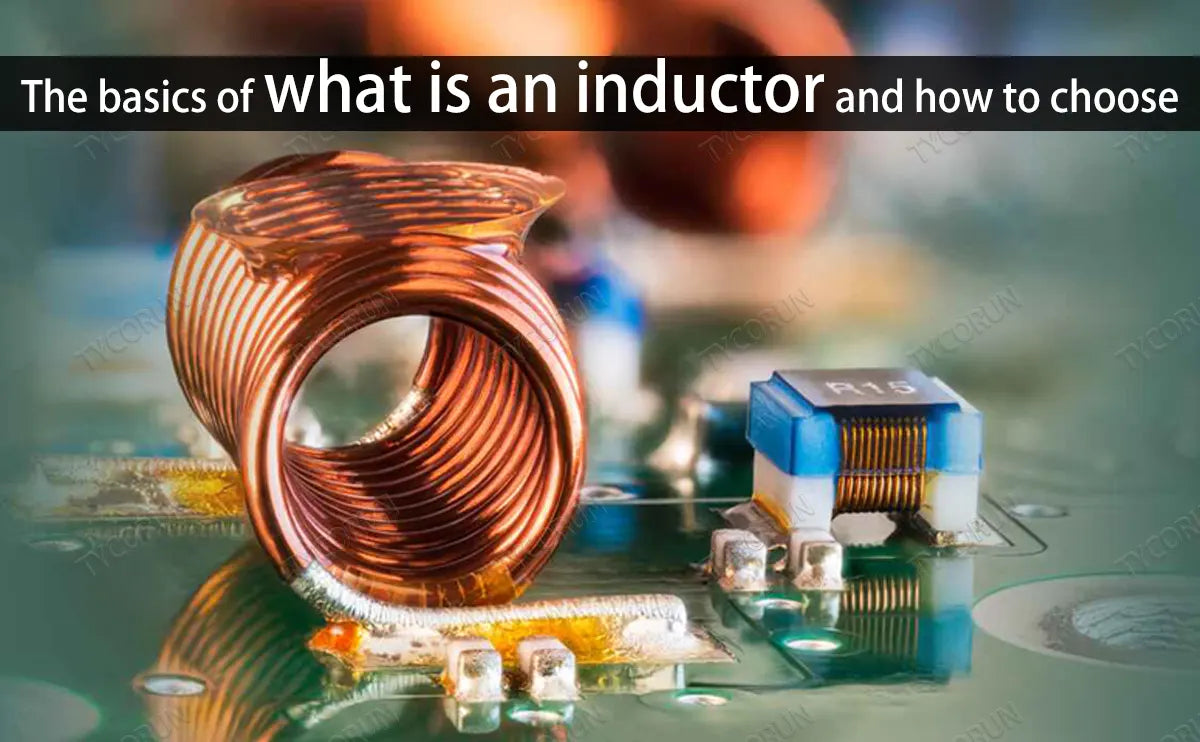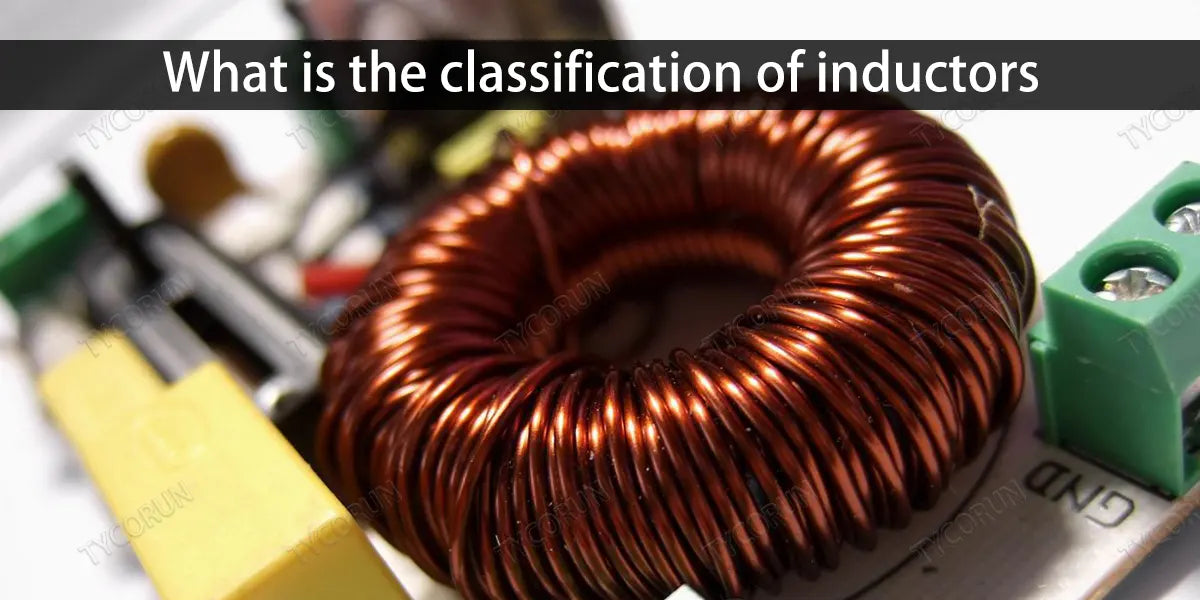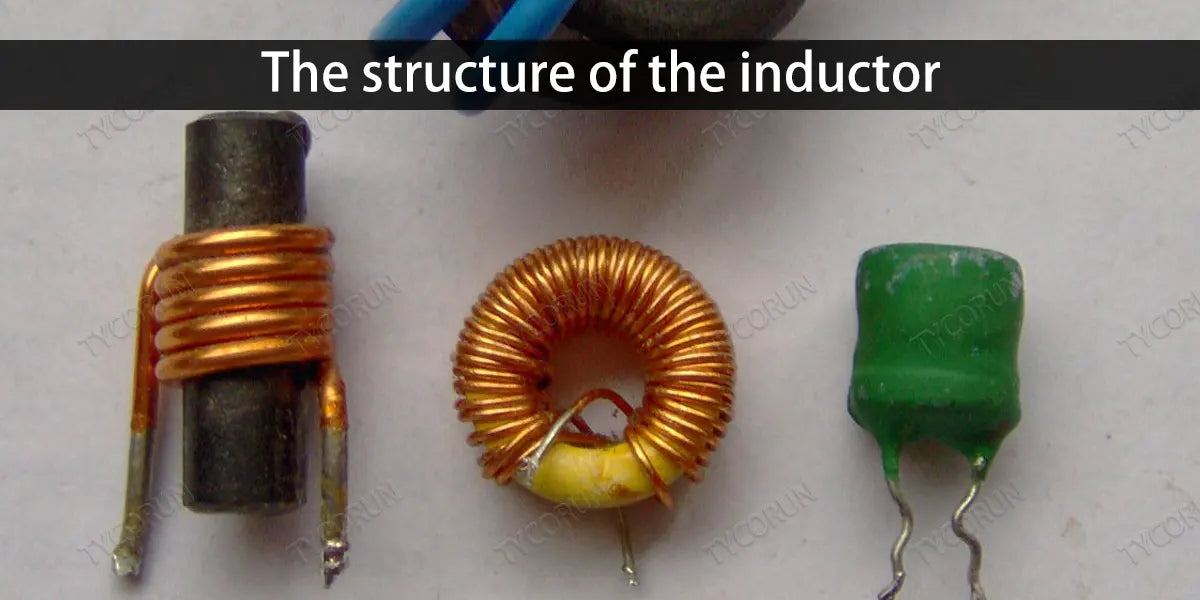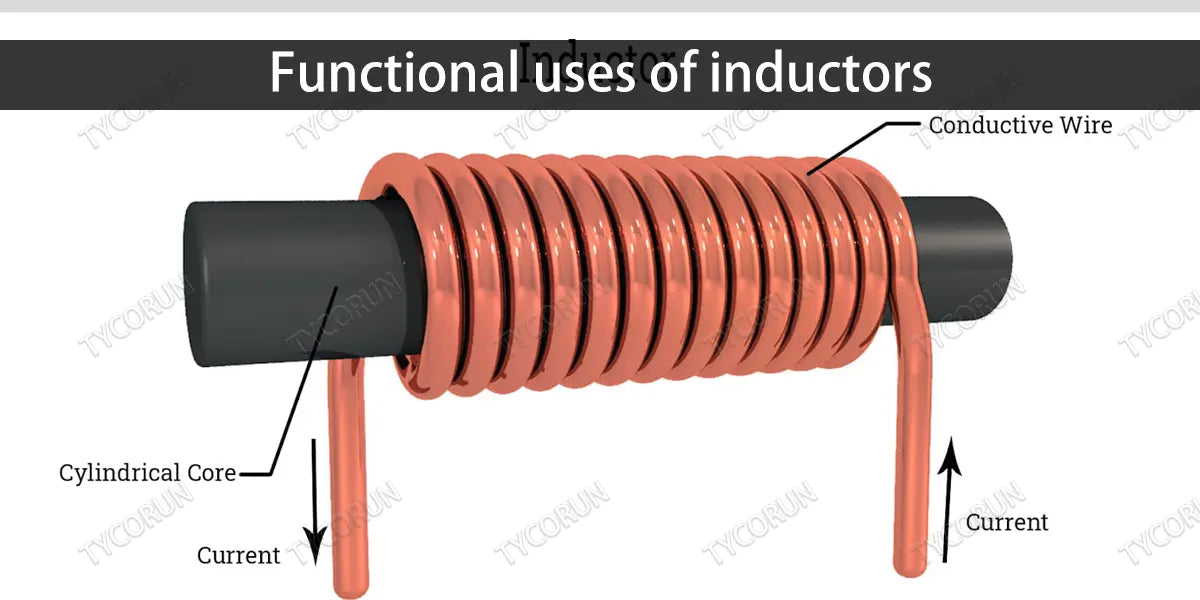
Main content:
Inductors are important passive components alongside resistors and capacitors, and are sometimes referred to as coils. Generally, a coil refers to a winding of coiled wire. What is an inductor?
1. What is an inductor
What is an inductor? An inductor is a component that converts electrical energy into magnetic energy and stores it. An inductor is similar in structure to a transformer(transformer grounding), but with only one winding. Inductive appliances have a certain inductance, which only hinders the change of current.
If the inductor is in a state where no current is passing through it, it will attempt to block the flow of current through it when the circuit is turned on. If the inductor is in a state where current is passing through it, it will attempt to maintain current when the circuit is disconnected.
The basic structure of an inductor is that the wire is wound into a coil, which converts electrical energy into magnetic energy and stores it inside the inductor. The magnetic energy to be accommodated is determined by the inductance value of the inductor, which is measured in Henry (H).
2. What is the classification of inductors
- Self-inductors
When an electric current passes through the coil, a magnetic field is generated around the coil. When the voltage vs current in the coil changes, the surrounding magnetic field also changes accordingly, and this changed magnetic field causes the coil itself to produce an induced electromotive force (induced electromotive force) (the electromotive force is used to represent the terminal voltage of the ideal power supply of the active component), which is called self-inductance.
What is an inductor. An electronic component wound with a wire, with a certain number of turns, that can produce a certain amount of self-inductance or mutual inductance, is often called an inductance coil. In order to increase the inductance value, improve the figure of merit, and reduce the volume, iron cores or magnetic cores made of ferromagnetic substances are often added.

- Instrument transformers
When two inductance coils are close to each other, the change in the magnetic field of one inductance coil will affect the other inductance coil, and this effect is called mutual inductance. The magnitude of the mutual inductance depends on the degree to which the self-inductance of the inductance coil is coupled with the two inductance coils, and the components made using this principle are called transformers.
3. The structure of the inductor
Inductors are generally composed of a skeleton, windings, shielding cover, encapsulation material, and a magnetic core or iron core.
- Skeleton
A skeleton generally refers to a bracket around which a coil is wound. For some large fixed inductors or adjustable inductors, most of them wrap enameled wire around the skeleton, and then put a magnetic core, copper core, iron core, etc. into the inner cavity of the skeleton to increase its inductance.
- Winding
Winding refers to a set of coils with a specified function, which is a basic component of an inductor. There are single and multi-layer windings. There are two forms of single-layer winding: dense winding and interwinding. There are many kinds of multi-layer windings, such as layered flat windings, random windings, and honeycomb windings.
- Magnetic cores and magnetic rods
Generally nickel-zinc ferrite or manganese-zinc ferrite) and other materials, it has a variety of shapes.
- Core
The core materials mainly include silicon steel sheet, permalloy, etc., and its shape is mostly "E" type.
- Shielding cover
In order to avoid the magnetic field generated by some inductors during operation affecting the normal operation of other circuits and components, a metal screen cover is added to it.

- Encapsulation material
Some inductors (e.g., color coded inductors, color ring inductors, etc. are wound and sealed with encapsulation materials to seal the coil and core. The encapsulation material is plastic or epoxy resin, etc.
4. Characteristics of the inductor
The characteristics of an inductor are the opposite of those of a capacitor, and it has the characteristics of preventing the passage of alternating current and allowing direct current to pass smoothly.
The resistance of the DC signal as it passes through the coil is the resistance drop of the wire itself. When the AC signal passes through the coil, both ends of the coil will generate self-induced electromotive force, which will be in the opposite direction to the direction of the applied voltage, hindering the passage of AC.
Therefore, the characteristics of the inductor are DC and AC resistance, and the higher the frequency, the greater the coil impedance. But inductor is different from inverter 3000w.
5. Functional uses of inductors
Inductors mainly play the role of filtering, oscillation, delay, notch, etc., as well as screening signals, filtering noise, stabilizing current, and suppressing electromagnetic interference. The most common role of inductors in circuits is to form LC filtering circuits together with capacitors.
If direct current, which is accompanied by many interfering signals, is passed through the LC filter circuit, the interfering AC signal will be converted into heat energy by the inductor and dissipated.

When a relatively pure DC current passes through the inductor, the AC interference signal is also converted into magnetic inductance and thermal energy, and the higher frequency is the most easily impeded by the inductor, which can suppress the interference signal at a higher frequency.
Inductors have the characteristic of preventing alternating current from passing through and direct current passing smoothly, and the higher the frequency, the greater the coil impedance. Therefore, the main function of an inductor is to isolate and filter the AC signal or form a resonant circuit with capacitors, resistors, etc.
6. What is an inductor and how to select
So after understanding what an inductor is, how to choose the right one and the right 12 volt 200ah lithium battery to operate?
The appropriate inductor is determined based on what an inductor is, the inductor package size, the minimum inductance required for circuit design, and the rated operating current.
In addition, it is necessary to comprehensively consider the working environment of the inductor, and refer to the operating frequency, operating voltage and other parameters.
If an unsuitable inductor is selected, the basic home energy storage and filtering effects of the inductor cannot be achieved, or it will cause short circuits and leakage of the circuit, and more serious inductor heating will even cause spontaneous combustion of the circuit board, which will affect the use of the circuit. It is recommended to first understand what an inductor is and what it does.
7. Conclusion
The most basic inductor is an inductor that wraps a coil-shaped wire with external terminals at both ends of the wire. In recent years, more than half of the inductors have been made by winding wires around the core using a magnetic core. There are various types of inductors. In addition, there are many ways to classify things according to different perspectives. This article will discuss what is an inductor.
Related articles: Supercapacitor vs battery, Top 10 lithium battery companies in the world, solar inverter brands